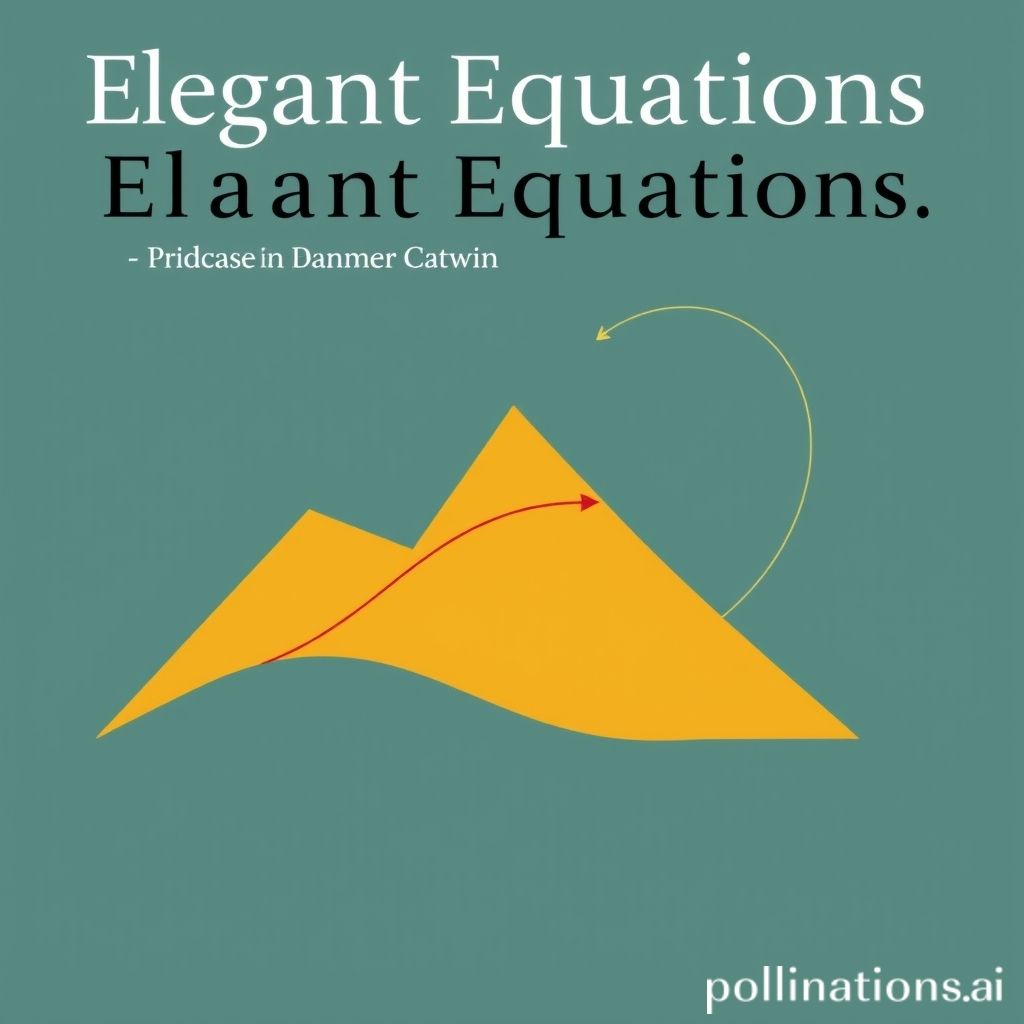
Elegant Equations: A Journey Through Mathematical Programming
Introduction to the Art of Optimization
Mathematical Programming (MP), often referred to as optimization, is a powerful field within applied mathematics that deals with finding the best solution to a problem from a set of feasible solutions. It's the art of crafting elegant equations to model real-world scenarios and then employing sophisticated algorithms to discover the optimal course of action. From streamlining supply chains to optimizing investment portfolios, MP touches countless aspects of our lives, often invisibly improving efficiency and decision-making.
The Core Components of a Mathematical Program
Every mathematical program, regardless of its complexity, revolves around a few key components:
- Decision Variables: These are the unknowns that we want to determine. They represent the quantities we can control to influence the outcome.
- Objective Function: This is the mathematical expression that we want to maximize or minimize. It quantifies the performance or cost associated with different choices of decision variables.
- Constraints: These are the limitations or restrictions that must be satisfied. They define the feasible region, the set of all possible values for the decision variables that are allowed.
The goal of MP is to find the values of the decision variables that optimize the objective function while simultaneously satisfying all the constraints. This search often involves navigating complex mathematical landscapes to identify the global optimum.
Different Flavors of Mathematical Programming
Mathematical Programming encompasses a diverse range of techniques tailored to different problem structures:
- Linear Programming (LP): Deals with problems where both the objective function and constraints are linear. LP problems are widely used due to their relatively simple structure and the availability of efficient solution algorithms like the Simplex method.
- Integer Programming (IP): Similar to LP, but with the added requirement that some or all of the decision variables must be integers. IP is particularly useful for modeling discrete decisions, such as whether to build a factory or not.
- Nonlinear Programming (NLP): Addresses problems where the objective function or constraints are nonlinear. NLP problems can be more challenging to solve than LP or IP problems, often requiring specialized algorithms and careful consideration of local optima.
- Dynamic Programming (DP): Breaks down complex problems into smaller, overlapping subproblems. DP is particularly effective for sequential decision-making problems, such as resource allocation over time.
Applications Across Industries
The applications of mathematical programming are vast and varied. Here are just a few examples:
- Supply Chain Management: Optimizing inventory levels, transportation routes, and production schedules to minimize costs and meet customer demand.
- Finance: Building optimal investment portfolios, managing risk, and pricing financial instruments.
- Energy: Optimizing the operation of power grids, scheduling power generation, and managing energy resources.
- Healthcare: Scheduling hospital staff, allocating resources, and designing treatment plans.
- Logistics: Planning delivery routes, optimizing warehouse layouts, and managing transportation networks.
The Future of Mathematical Programming
Mathematical Programming continues to evolve with advancements in computing power and algorithmic design. The rise of machine learning is also creating new opportunities for integrating data-driven insights into optimization models. As we face increasingly complex challenges in areas like climate change, resource management, and urban planning, the power of mathematical programming will become even more crucial for finding sustainable and efficient solutions. The journey through elegant equations is far from over; it's a continuing exploration of how to optimize the world around us.
